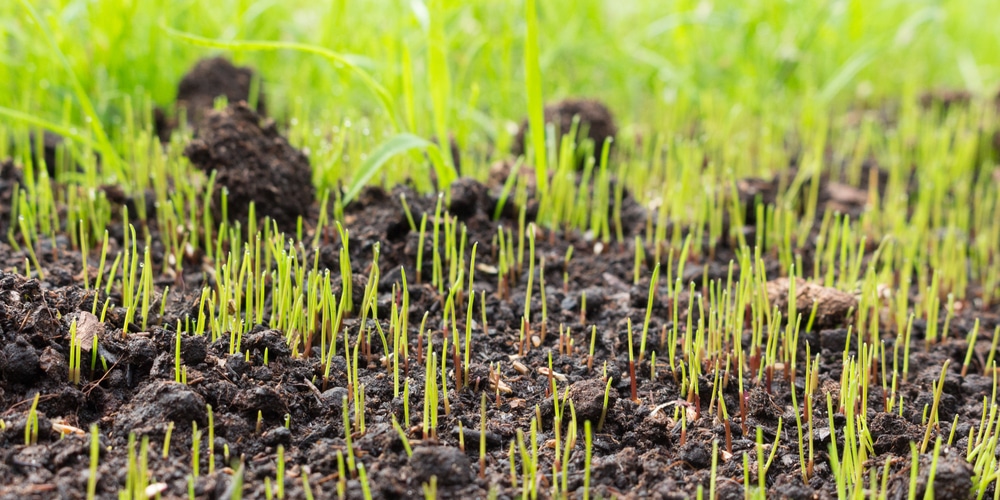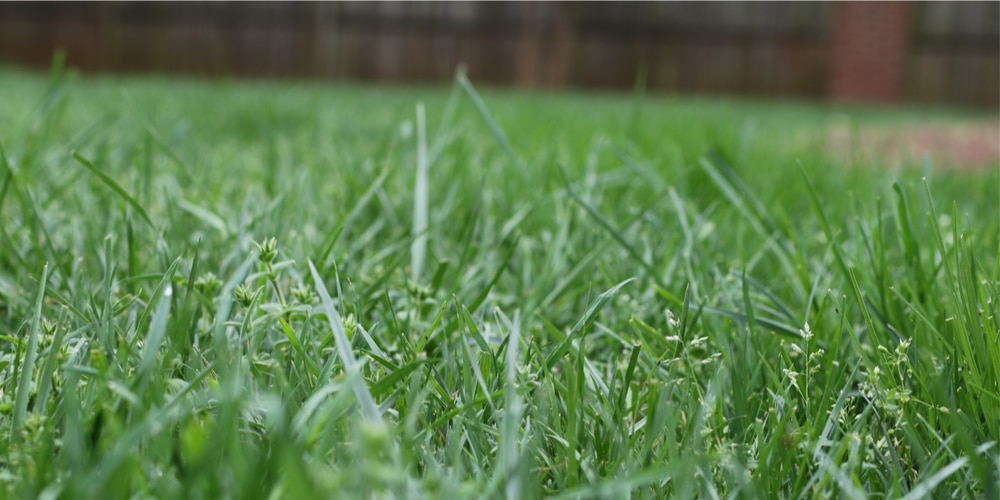Keeping and maintaining your lawn healthy is only part of the story when it comes to having stunning turf in your garden. While adequate watering, frequent fertilization, and regular mowing are crucial, knowing when to plant Fescue in Georgia can make a difference in the results you get in the end.
Several factors can affect how well your lawn will establish in your yard, but proper care during installation will increase your chances of getting a healthy turf. Make sure you keep reading to find out how to ensure your fescue lawn will look and feel great in your yard.
When To Plant fescue in Georgia

While the recommended months are during the fall (September and October), you can successfully plant a fescue lawn in the spring (between March and April), provided that you follow our recommendations. For starters, choose the variety of fescue that better suits your particular area’s temperature and soil conditions.
Ensure that you wait for the temperatures to go above 68°F before you start planting your new lawn. Seeding fescue at colder temperatures might make your turf more vulnerable to heat stress or disease. Plus, it won’t give it enough time to develop an adequate root system that will help it survive Georgia’s heat in the summer season.
Preparing your Lawn For Seeding
After you’ve decided it is time to plant your fescue, you’ll want to put some effort into making sure the soil conditions are adequate for your turf’s survival. Kill any eventual weed that might be present on the soil using a spray rich in glyphosate at least a couple of weeks before planting. After you eradicate weeds, ensure you add the necessary nutrients to promote growth and maintain the soil’s health.
If your soil is heavy, consider mixing some conditioner to increase nutrient absorption and create a more suitable environment for your turf. Plus, ensure you get rid of rocks and debris that might go in the way of how even your lawn looks. If you like to pay attention to details, you may enjoy rolling the area with a water roller to expose low spots and take care of them by filling them with soil.
If you notice your lawn seems to have many bare areas, you could solve the issue by spreading a thin layer of wheat straw after seeding. Doing so will help keep the seed in place and protect your turf from pests.
You can plant fescue over an existing lawn, but you’ll need to take additional steps. Use a verticutter (or a dethatcher) to remove the other turf. Then, aerate the soil to prepare it to welcome the new seeds.
Planting Fescue
After preparing the soil, you should be ready to plant your lawn. If you are using sod, the rule of thumb is to start along the longest edge of your yard and lay it from one end to the other. Roll the area to improve contact between the sod and the soil.
Water your newly planted turf heavily and keep it moist for the first couple of weeks. That might mean watering lightly every day for as long as three weeks. After that, you can move to water it once a week. Overwatering can cause as many problems as not giving your turf enough water. Make sure you are regular and consistent with irrigation.
If you are planting grass seed, follow the same tips described above. Spread 5 pounds per 1,000 square feet. Divide what you have into equal portions and toss one half in one direction and the rest in the opposite. Doing so will minimize possible gaps that might arise. Do the same when applying fertilizers and granular pesticides.
When to Plant Fescue in Georgia: The Bottom Line
Fescue is a common variety of lawns in Georgia. It can contribute to making your house look neater and more attractive. However, to get the “perfect turf” that you always dreamed of, you’ll have to pay attention to when you plant it. Besides, you’ll also have to put some effort into preparing the soil and ensuring your turf gets all it needs to survive and thrive. The good news is that once you make sure your lawn adapts to your garden’s conditions, all you have to do is mow and water it regularly.
Related article: Best Time of Year to Plant Grass in Georgia
